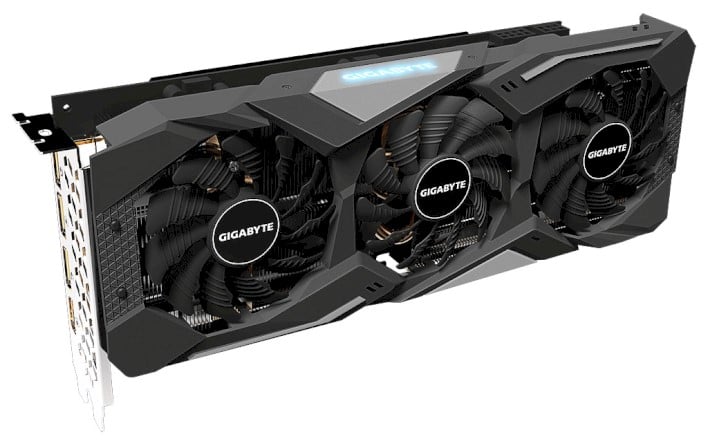Gigabyte Radeon RX 5700 XT GAMING OC Review: RGB Custom Navi Power
Gigabyte RX 5700 XT GAMING OC 8G Review: VR Mark And Unigine Superposition
How We Configured Our Test Systems: We tested the graphics cards represented in this article on a Gigabyte Aorus X299 Gaming 7 Pro motherboard powered by an Intel Core i9-9980XE 16-core processor and 32GB of G.SKILL DDR4 RAM clocked at 2,666MHz. The first thing we did when configuring the test system was enter the UEFI and set all values to their "high performance" default settings and disabled any integrated peripherals that wouldn't be put to use. The memory's clock was manually dialed in to ensure optimal memory performance at the processor's maximum supported speed of 2,666MHz (without overclocking), and the solid state drive was then formatted and Windows 10 Professional x64 was installed and fully updated. When the Windows installation was complete, we installed all of the drivers, games, and benchmark tools necessary to complete our tests.
We should note that the AMD Radeon RX Vega cards were tested in their default "Balanced" power mode throughout. Power Saver (slower) and Turbo (faster) power modes are also available with Vega, which would affect performance, noise output, and peak power consumption. The PowerColor RX 5700 Red Devil features a BIOS switch for higher-performance Overclocking and Silent modes. The performance numbers referenced in the charts used the OC BIOS mode, which is the default, out-of-box setting.
|
|
|
| Hardware Used: Intel Core i9-9980XE (3 - 4.4GHz, 18-Core) Gigabyte X299 Gaming Pro 7 (Intel X299 Chipset) Gigabyte RX 5700 XT Gaming OC PowerColor RX 5700 XT Red Devil Radeon RX 5700 XT Radeon RX Vega 64 Radeon VII GeForce RTX 2060 Super GeForce RTX 2070 Super GeForce RTX 2070 GeForce RTX 2080 GeForce RTX 2080 Super 32GB G.SKILL DDR4-2666 Samsung SSD 860 Pro Integrated Audio & Network |
Relevant Software: Windows 10 Pro x64 (1903) NVIDIA Drivers: v431.16 AMD Drivers: Crimson v19.7.1 Benchmarks Used: Unigine Superposition VRMark 3DMark "Fire Strike" 3DMark "Time Spy" Middle-Earth: Shadow Of War Shadow Of The Tomb Raider F1 2019 Strange Brigade Final Fantasy XV FarCry New Dawn |
|
|
|



Superposition's VR Future benchmark had the Gigabyte Radeon RX 5700 XT Gaming OC outpacing AMD's reference card by a small margin, but it still trailed the Red Devil.
|

UL VRMark












